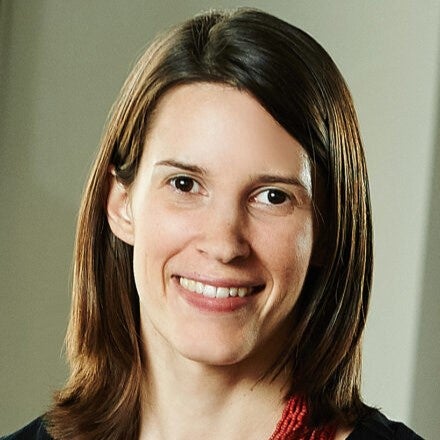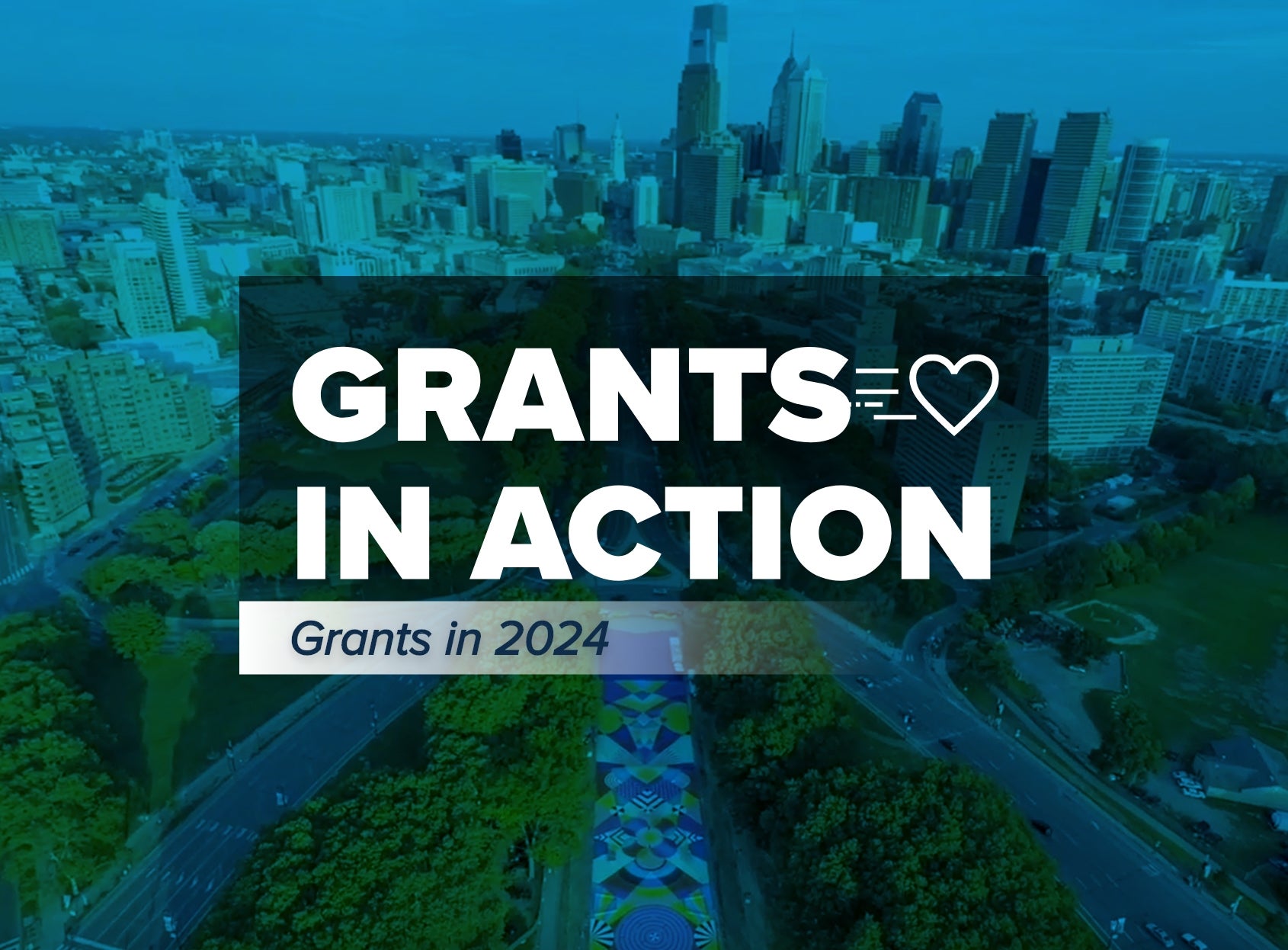Legacy Planning in Non-Traditional Family Structures: How Philanthropists Can Make Their Mark

Much like the philanthropic landscape, the family structure in America is continually evolving. Philanthropists are taking the opportunity not only to define the issues they care about, but to identify the people in their lives they want to participate in their charitable giving, now and beyond their lifetime.
Legacy planning is such a personal way to create a philanthropic impact. One could argue that the traditional roles of family succession might not translate to today’s philanthropists as it relates to giving. Many philanthropists are blazing their trail when defining family, career, financial investments and philanthropic efforts. Legacy planning today goes well beyond what we may envision as a wealth-holding generation, as simply entrusting the next generation to carry on the family’s giving traditions. Regardless of how you define your legacy, if you’ve lived, you can leave one.
As the Baby Boom generation shifts wealth to Millennials and Gen Z, new ways of legacy planning are coming to the fore, to meet the needs of every permutation of a family unit. Some are choosing a community of trusted friends. Others are working directly with nonprofit organizations where they have a track record of giving. Many philanthropists are talking with their successors about roles, time commitments and the right giving vehicles for the future.
For example, as Millennials claim their place as the “Next Gen” of philanthropists, these younger donors are more likely to facilitate their giving through vehicles like donor-advised funds (DAFs) to respond to the real-world needs they care about most, which provides many ways to involve others in giving.
Choosing Your Partners in Giving
Family philanthropy is, at its core, about aligning goals and strategies regarding the how, why and where a family wants to give. However, families can take many forms. For a philanthropist who does not have children, is estranged from their children, or has children who aren’t interested in being a part of the “Great Transfer of Wealth,” that can mean introducing the concept of legacy planning to their friends, extended family members or professional advisors—or directly engaging the nonprofit organizations they care about most. The people in your life who love you and the causes you care about can carry on your philanthropic endeavors as your joint advisors, individual successors or beneficiaries.
Legacy planning can also include integrating other charitable endeavors like volunteering or fundraising efforts. Giving leads to more giving as, statistics show, efforts like volunteerism make a person more likely to donate to a nonprofit. Data from the U.S. Department of Labor also found that individuals between the ages of 35 and 54 are the most likely to volunteer, which could net positive results for nonprofit organizations as the next generation carries on their legacy.
Communicating is Key
All these efforts start with having important conversations with the person or people you want to integrate into your philanthropy legacy planning. Does your philanthropic strategy reflect the values that you’d like to carry on? How can you and your loved ones engage in this philanthropic journey more deeply by sharing volunteer opportunities or attending events with organizations you care about? Do your philanthropic visions go beyond your own goals for your chosen beneficiaries to respond flexibly to new or urgent issues? By asking yourself and your loved ones these kinds of questions, you can not only find common ground—you can build a philanthropic legacy plan together.
These conversations can take place in various mediums, both in person and online, which can be especially beneficial for those with families and loved ones who live further away. In the wake of the COVID-19 pandemic, we all learned how to work, learn and communicate virtually, and philanthropic planning is no different. Families and collaborators can have effective, productive virtual discussions from anywhere in the world with meaningful results.
Once those lines of communication and goal setting are established, donors can integrate their philanthropic collaborators into their legacy planning every step of the way, including the giving vehicles they choose. (Those who decide on DAFs will collectively see benefits that include streamlined grantmaking, the growth of assets over time and tax advantages, among others.)
Finding a Collective Philanthropic Strategy
The best option for you, your loved ones, your chosen family and philanthropic collaborators will depend on several factors—including how much time you’re all willing to devote to philanthropy and how public you want your giving to be. Again, these are conversations you’ll all have together, leading you to be more strategic in your goals and giving.
Generations may speak different languages on a variety of topics. Still, when it comes to philanthropic giving in the hopes of making the world a better place, that’s a language everyone can understand.
NPT is not affiliated with any of the organizations described herein, and the inclusion of any organization in this material should not be considered an endorsement by NPT of such organization, or its services or products.
NPT does not provide legal or tax advice. This blog post is for informational purposes only and is not intended to be, and shall not be relied upon as, legal or tax advice. The applicability of information contained here may vary depending on individual circumstances.


